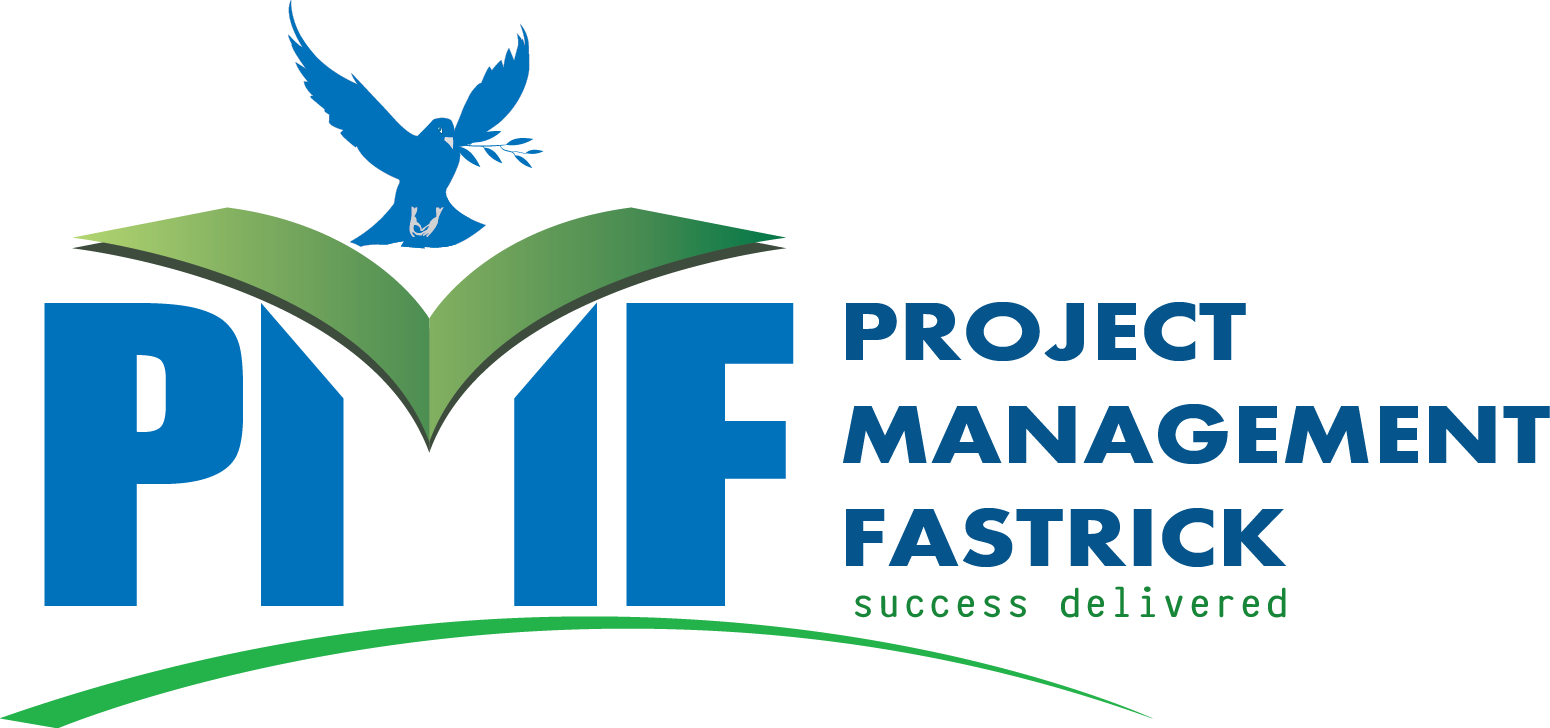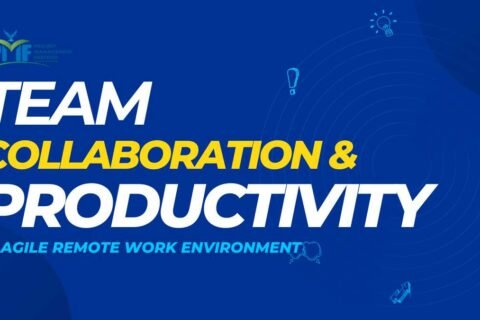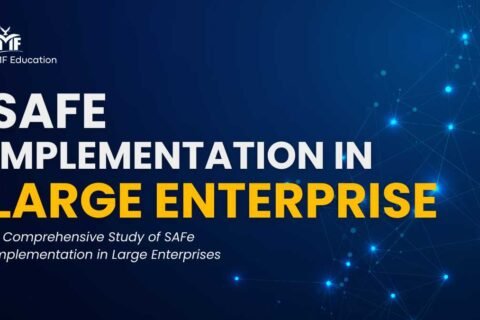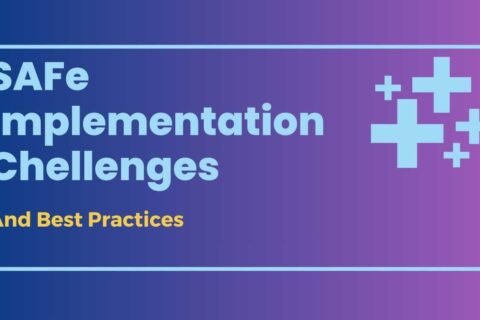
Agile Contracting: Legal and Practical Implications for Agile Projects
Abstract:
Traditional, waterfall-based project management methodologies often clash with the dynamic nature of agile development. This paper explores the concept of agile contracting, a contractual approach designed to align with the core principles of agile project management. We delve into the legal and practical implications of agile contracting,examining its advantages, potential pitfalls, and best practices for implementation.
1. Introduction
Agile methodologies have revolutionized software development, emphasizing iterative delivery, continuous feedback,and adaptation to changing requirements. However, traditional fixed-scope contracts often hinder the agility of these projects. Agile contracting emerges as a solution, aiming to bridge the gap between legal frameworks and agile practices.
2. Traditional Contracting vs. Agile Contracting
-
Traditional Contracting:
- Fixed scope and detailed specifications upfront.
- Change orders required for modifications, leading to delays and disputes.
- Focuses on risk allocation rather than collaboration.
-
Agile Contracting:
- Flexible scope with iterative development cycles (sprints).
- Accommodates evolving requirements and prioritizes customer collaboration.
- Emphasizes value delivery and continuous improvement.
3. Legal Implications of Agile Contracting
- Scope Definition: Agile contracts may face challenges defining “scope creep” and managing client expectations.
- Pricing Models: Traditional fixed-cost contracts become difficult. Time and material (T&M) or capped T&M models are common alternatives.
- Intellectual Property (IP): Ownership and licensing of developed work need clear definition, especially with ongoing iterations.
- Termination Clauses: Contracts should address termination procedures for both parties in case of project failure.
4. Practical Implications of Agile Contracting
- Benefits:
- Enhanced collaboration and communication between client and vendor.
- Faster time-to-market and delivery of business value.
- Improved project flexibility and adaptability to change.
- Challenges:
- Managing client expectations regarding fixed costs and timelines.
- Establishing clear acceptance criteria for iterative deliverables.
- Ensuring effective communication and documentation throughout the project.
5. Best Practices for Agile Contracting
- Early Collaboration: Involve key stakeholders from both sides in contract negotiation.
- Phased Approach: Consider a combination of fixed-cost elements (e.g., initial MVP) with T&M for future iterations.
- Performance-Based Incentives: Tie compensation to project milestones and successful delivery of user stories.
- Clear Communication and Documentation: Maintain transparent communication and detailed sprint documentation.
6. Conclusion
Agile contracting, while presenting legal and practical challenges, offers a framework for fostering successful agile projects. Careful planning, clear communication, and a collaborative approach are paramount for reaping the benefits of both agile methodologies and legally sound contracts.
7. Further Research
- Exploring the legal enforceability of agile contracts in different jurisdictions.
- Analyzing best practices for specific agile methodologies (e.g., Scrum, Kanban) within contracting frameworks.
- Investigating the use of agile contracting in non-software development projects.
References
- Consider including relevant legal resources on contract law and intellectual property.
- Include references to industry publications and reports on agile contracting best practices.
- Reference online resources from organizations promoting agile methodologies (e.g., Scrum Alliance, Agile Alliance).






